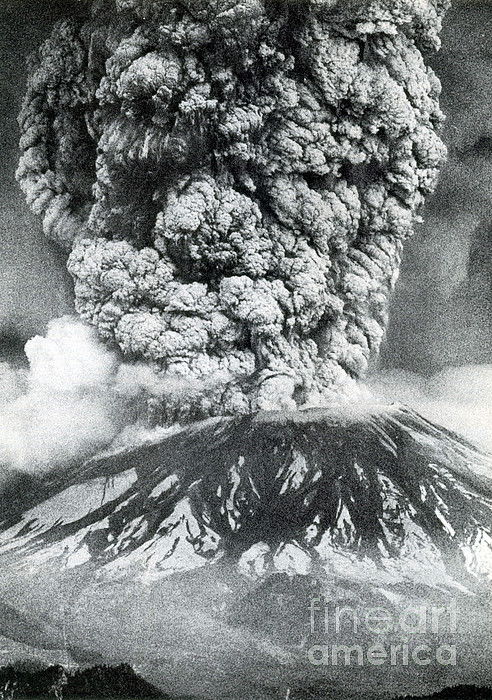Use code RJTJFG for 20% off at checkout. Until 5/31/20




The watermark at the lower right corner of the image will not appear on the final product.

by Science Source
$58.00
Design Location
Color

Image Size
Product Details
Our hoodies are made from a 75% cotton / 25% polyester blend and are available in five different sizes. All hoodies are machine washable.
Design Details
Mount St. Helens, Washington, is the most active volcano in the Cascade Range. The first sign of activity at Mount St. Helens in the spring of 1980... more
Ships Within
1 - 2 business days

Photograph

Canvas Print

Framed Print

Art Print

Poster

Metal Print

Acrylic Print

Wood Print

Greeting Card

iPhone Case

Throw Pillow

Duvet Cover

Shower Curtain

Tote Bag

Round Beach Towel

Zip Pouch

Beach Towel

Weekender Tote Bag

Portable Battery Charger

Bath Towel

Apparel

Coffee Mug

Spiral Notebook

Fleece Blanket

Tapestry

Jigsaw Puzzle

Sticker
Mount St. Helens, Washington, is the most active volcano in the Cascade Range. The first sign of activity at Mount St. Helens in the spring of 1980 was a series of small earthquakes that began on March 16. Steam explosions on March 27 blasted a crater through the volcano's summit ice cap. Within a week the crater had grown to about 1,300 feet in diameter and two giant crack systems crossed the entire summit area. By May 17, more than 10,000 earthquakes had shaken the volcano and the north flank had grown outward at least 450 feet to form a noticeable bulge. Such dramatic deformation of the volcano was strong evidence that molten rock (magma) had risen high into the volcano. Within 15 to 20 seconds of a magnitude 5.1 earthquake on May 18th, at 832 a.m., the volcano's bulge and summit slid away in a huge landslide - the largest on Earth in recorded history. Rocks, ash, volcanic gas, and steam were blasted upward and outward to the north. This lateral blast of hot material accelerated to...
$58.00


There are no comments for Mount St. Helens Eruption, 1980. Click here to post the first comment.